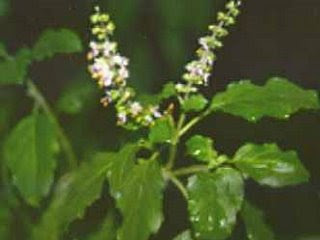
PERGULARIA
Division: Magnoliophyta
Class: Magnoliopsida
Subclass: Asteridae
Order: Gentianales
Family: Apocynaceae
Subfamily: Asclepiadaceae
Genus: Pergularia
common name:- sadovani, karail, yagaphala,veliparti. etc..
Nature:-it is a herb.stem is hairy nad with milky juice.Leaves:-Leaves are 4-6 cm long, sometimes more, ovate or round, hairy on lower surface, deeply chordate at base.
Flowers:-Flowers are mostly pale in colour , small, in short clusters.
Fruits:-Fruits are reflexed in pairs, and reflexed in pairs 5-8 cm long,1.4 cm broad,which is covered with spinous outgrowths.
Medicinal uses:-Mostly every part of the plants are used in as medicine
the juice of the leaves is given in catarrhal affection and infantilediarrhoea. It forms a constituent of a purgative preparation given in rheumatism .








